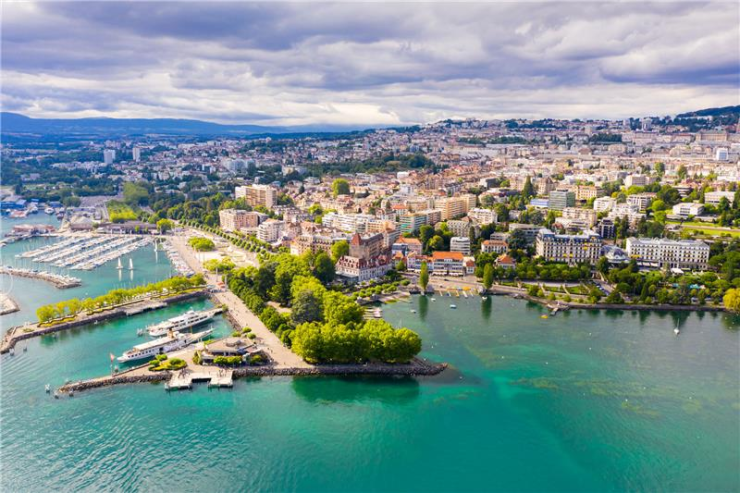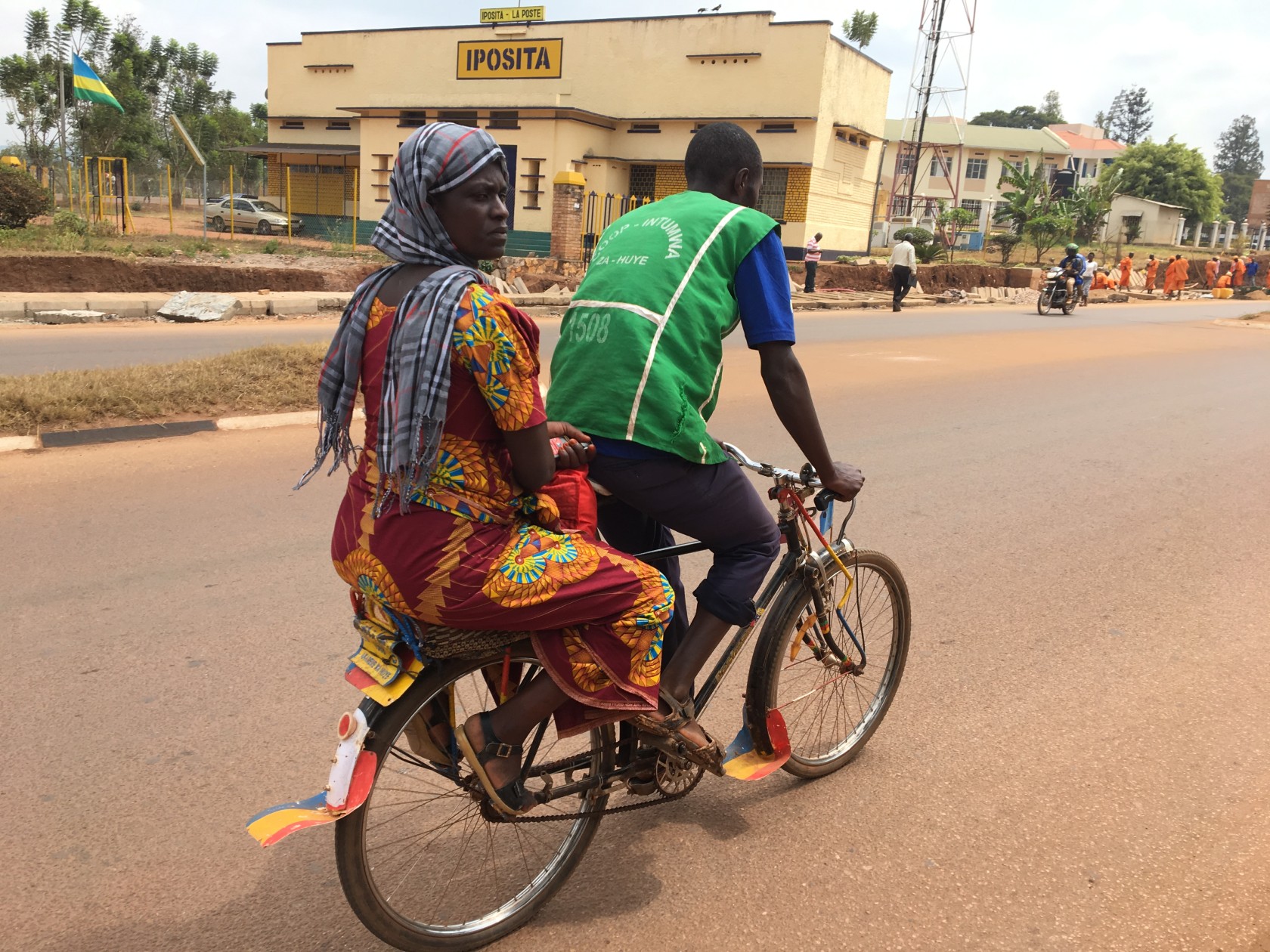The mobility of women in african cities: How to explain inequalities of access?
As part of the development of Sustainable Urban Mobility Plans in Casablanca, Tangiers, Sousse, Dakar, Yaoundé, Transitec analysed gender inequalities in the concerned cities to outline different trends between the cities of Maghreb and Sub-Saharan Africa.
To access the full publication in french: The mobility of women in african cities: How to explain inequalities of access? |
In cities around the world, the daily mobility of men and women has different characteristics. In developing cities, there is lower accessibility for women compared to their male counterparts. However, similar to the work conducted by Amartya Sen, we can consider that these inequalities based on gender slow down the dynamics of development and poverty reduction. Also, to orient mobility policies, it seems useful to us to provide information on the determinants of the reduced accessibility of women, in order to then question the actions that can reduce these inequalities of access.
As part of the development of sustainable urban mobility plans, we had access to household-travel surveys carried out between 2015 and 2020 in 5 African cities: Casablanca and Tangiers (Morocco), Sousse (Tunisia), Dakar (Senegal), Yaoundé (Cameroon). The analysis of these databases allowed us to observe the extent of inequalities in the cities concerned and to outline different trends between the cities of Maghreb and Sub-Saharan Africa.
Notable inequalities between women and men
A higher level of immobility
In cities of the Maghreb, women move less than men. Women from Casablanca thus have an immobility rate of around 25% compared to 8% for their male counterparts. In the sub-Saharan cities studied, however, the phenomenon is not as important: in Dakar the immobility rate is respectively 19% and 11% for women and men. In addition, in all the studied cities, women’s trips are 10 to 30% shorter than men.
Different travel reasons
Men travel more for work-related reasons, with a differential of +11 to + 36% compared to women. Conversely, purchases represent a very important part of women's mobility (from 20% in Casablanca to 39% in Tangier), which is three times more than men. It is in Casablanca that the male-female differential is the most important, linked to a relatively low female activity rate (28.20%) - the lowest of the 5 cities studied.
A lower transport budget
Differences in income between men and women interviewed are also observed. In the Casablanca metropolitan area, nearly 70% of women earn less than 3,000 dirhams (~ 275 euros), compared to 44% of men. The same observation is noted in Sousse, where more than 60% of women earn less than 890 dinars (~ 270 euros) while men are only 47% in this category. This translates into lower average travel budgets for women; the greatest difference being observed in Casablanca (37%).
Explanatory factors
The analysis of women's mobility practices cannot be conceived solely in relation to those of men. Indeed, the reference publications indicate that these vary according to whether women are active or unemployed, whether or not they have dependent children, and according to their age. We analyzed the influence of these 3 factors on mobility practices.
Active women travel the most
In our 5 studied cities, women are less active than men. More than half of women in the 3 Maghreb towns are inactive professionally (at home, retired or looking for a job) against less than 20% of men. In the two cities of Sub-Saharan Africa, the inactivity rate appears to be lower. However, we note that whether or not a job is held, whether full or part time, positively influences the average number of trips made daily. In Casablanca, working women make 2.4 trips per day, compared to 1.6 for housewives. In Dakar, this difference varies between 3.2 trips per day for working women and 2.5 for housewives. Moreover, even when they are active, women continue to be more involved in domestic tasks, while men spend more time on leisure.
Having a job also generates a significant difference in the type of transport mode which is utilized. More women use motorized modes when they are active. They resort to walking more when they are unemployed.
older women travel less
The correlation between age and daily mobility is very strong. The number of trips is declining rapidly and the gap widens, particularly at the time of retirement: men are then twice as mobile as women. This can be explained in part by the difficulty in continuing to use public transport, and by the lower possession of a driver's license among older women.
However, unlike what has been observed in Europe, hypermobility is not observed in women between 25 and 35 years old. Childcare systems, the easier recourse to family members for support at school and the fact that extra-curricular activities are less widespread explain this difference.
A significant difference in the use of modes
A low motorization rate sharpens inequalities
Women's access to private motorized modes is a central indicator of gender disparities, an indicator of both material inequalities and role differences within households. The most obvious observation is in Dakar, Tangier and Casablanca, where twice as many men use the car. Motorized two-wheelers and bicycles also remain predominantly male modes of transport. Sousse stands out here with a low gender gap in the use of private motorized modes - these represent around 50% of motorized modes. This small difference can be explained by a relatively high motorization rate (44% - the highest of the 5 cities), and suggests that the more a city is motorized, the more the inequalities of access to private motorized modes decrease. Incidentally, we note a higher use of private motorized modes among women in cities of the Maghreb (Casablanca, Sousse, Tangier).
Monopolization of vehicles by men
This low use of cars by women is reinforced by the fact that they are 2 to 7 times less likely to hold a driving license; the lowest difference being once again in Sousse, and the highest in Dakar (which has one of the lowest motorization rates - 25.6%). Moreover, even when the household has a car, women do not have access to it in the same way as men and remain captive of public transport modes. This has a significant impact on the daily mobility rate. Thus, Casablanca women with access to a household vehicle make 2.1 trips per day, against 1.7 when they do not have access. This phenomenon has been theorized and several authors speak of the “confiscation” of the automobile by the heads of household (Olvera & Plat, 1997).
A different use of public transport
The result of the low rate of use of individual motorized modes by women is a high rate of use of public transport. Within public transport itself, we observe that men use institutional transport systems more, while women use non-regular or semi-collective systems (taxis) more. This observation can be explained by the fact that women make less radial trips, where institutional transport is more present. Their movements are more complex. They are more often loaded and accompanied; and they travel more often outside of peak hours. The taxi then offers greater flexibility and greater comfort. The taxi is also likely to provide a more local service, on shorter journeys.
Greater pedestrian mobility
We observe in all cities that women walk much more than men. This finding is all the more interesting as it concerns cities with very different profiles, in terms of motorization rate and public transport offer. The socio-economic factors presented above partly explain this high proportion of walking in women's travel (lower income, less weight in financial decision-making, travel on a more local scale in connection with a low activity rate, more complex movements with multiple segments).
Conclusion
The analysis of the 5 Household-travel surveys allowed us to confirm an assumption which shows that for cultural, sociological, and economic reasons, women move less than men and have different mobility practices: use of mostly public transport and taxi, less access to private motorized modes, significant proportion of trips made by foot, low use of bicycles, etc.
These practices are the result of various factors (employment, parenthood, age, reasons for travel, possession of a driving license, financial burden in the household, cultural elements, etc.), the understanding of which, in particular by decision-makers and planners, is essential for developing mobility schemes that meet everyone's needs.
The comparison between the cities of North Africa and the cities of Sub-Saharan Africa, beyond the cultural aspects, suggests that the increase in the standard of living and the associated motorization highlight gender inequalities.
Contact

Lausanne
Avenue Auguste-Tissot 4
1006 Lausanne
Switzerland
+41 21 652 55 55
